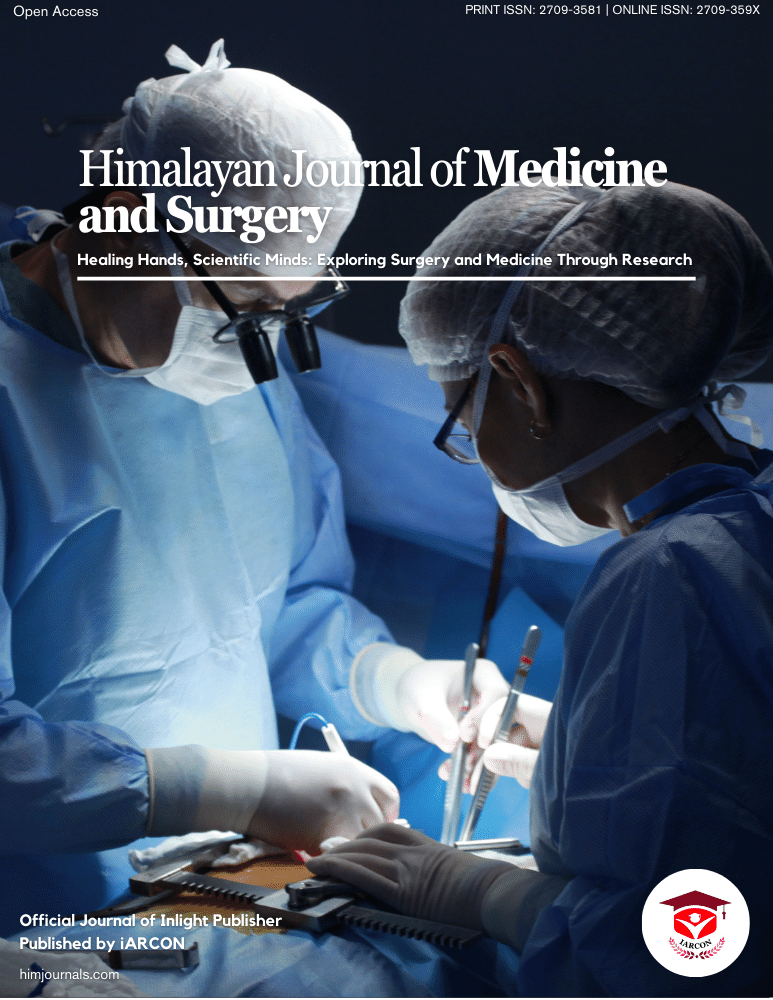In the realm of modern medicine, the practice of anesthesia is often compared to the art of orchestrating a complex symphony, where the anesthesiologist assumes the role of the conductor, carefully harmonizing various elements to ensure a patient's safety and comfort throughout surgical procedures. The picturesque state of Himachal Pradesh, renowned for its breathtaking landscapes and the pursuit of healthcare excellence, stands witness to this intricate ballet of care. Within this captivating backdrop, Resident Anesthetists are entrusted with the profound responsibility of safeguarding patients against the potential adversities that can arise during anesthesia administration [12].
Anesthesia-related complications and emergencies pose formidable challenges, demanding swift and precise interventions to avert adverse outcomes. Among these life-threatening situations, malignant hyperthermia, anaphylaxis, and airway obstruction stand as critical adversaries that can derail even the most meticulously planned surgeries. Malignant hyperthermia, an uncommon but potentially fatal condition, manifests as a hypermetabolic crisis triggered by certain anesthetic agents. Anaphylaxis, on the other hand, is an acute, severe allergic reaction to substances like drugs or latex and can rapidly progress to a life-threatening condition if not promptly managed. Airway obstruction, while not exclusive to anesthesia practice, remains a constant concern due to its potential to impede oxygenation and ventilation during surgery [3-4].
The competence of Resident Anesthetists in recognizing, managing, and mitigating these anesthesia-related complications and emergencies is indispensable. Proficiency in identifying the early signs, understanding the underlying mechanisms, and executing appropriate interventions can be the difference between life and death in these critical situations. Furthermore, effective crisis management necessitates seamless coordination and communication among the anesthesia team members.
This study embarks on a vital exploration, aimed at evaluating the levels of awareness and knowledge among Resident Anesthetists in Himachal Pradesh regarding potential anesthesia-related complications and emergencies, focusing on malignant hyperthermia, anaphylaxis, and airway obstruction. By scrutinizing their understanding of these critical scenarios, their ability to respond promptly, and their comprehension of the essential management strategies, we aim to shed light on areas that may benefit from additional training and education.
Objectives of the Study
The primary objective of this study is to gauge the levels of awareness and knowledge about potential anesthesia-related complications and emergencies, such as malignant hyperthermia, anaphylaxis, and airway obstruction, and their management among the Residents of Anesthesia in Himachal Pradesh. The primary objective of this study is to gauge the levels of awareness and knowledge about potential anesthesia-related complications and emergencies, such as malignant hyperthermia, anaphylaxis, and airway obstruction, and their management among the Residents of Anesthesia in Himachal Pradesh.


